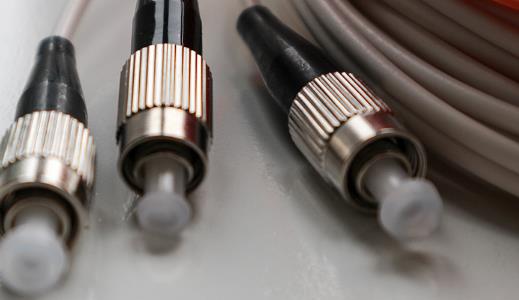What Are the Key Features of RF Rotary Joints?
RF (Radio Frequency) rotary joints are essential components in many high-frequency transmission systems where continuous rotation is required alongside the uninterrupted transfer of signals. These devices are critical in various applications, from military radar systems to broadcast satellites and medical imaging equipment. Here, we delve into the key features that define RF rotary joints and why they are indispensable in modern technology.

High Frequency Handling
RF rotary joints are designed to handle a wide range of frequencies, typically from a few MHz up to several GHz. This capability is crucial for applications in telecommunications and radar operations where different frequencies are used for various functionalities and require robust components to maintain signal integrity.
Low Insertion Loss
One of the most critical features of an RF rotary joint is its low insertion loss. Insertion loss refers to the reduction in signal strength that occurs when the signal passes through the joint. Maintaining low insertion loss is essential to ensure that the signal remains strong and effective after passing through the joint, which is vital for maintaining the overall performance of the communication system.
High Power Handling
RF rotary joints are often required to handle high power levels, especially in applications involving radar and satellite communications. The ability to handle high power without degradation or failure is a testament to the robust design and materials used in the construction of these joints. This feature ensures longevity and reliability under demanding operational conditions.
Durability and Reliability
Given the mechanical nature of RF rotary joints—often being part of rotating assemblies like radar antennae and satellite dishes—durability is paramount. These joints are built to withstand physical stress and environmental factors such as temperature fluctuations and vibration, which are common in outdoor or dynamic applications.
Broadband Capability
Many modern RF rotary joints are designed to be broadband, meaning they can handle a wide range of frequencies without any need for adjustment. This broadband capability is increasingly important in modern communications infrastructure where flexibility and adaptability to different frequencies are required without changing components.
Low VSWR (Voltage Standing Wave Ratio)
Low VSWR is another critical feature for RF rotary joints. A low VSWR indicates efficient transmission of radio waves through the joint with minimal reflections. This efficiency is crucial for applications where signal integrity and quality are paramount, such as in high-precision radar systems and high-quality broadcast transmissions.
Applications Across Various Industries
Military and Aerospace
In military and aerospace applications, RF rotary joints are used in radar systems and satellite communication systems, where reliable, continuous 360-degree rotation of antennas is necessary for operation. The ability to perform under extreme conditions with minimal failure rates is crucial in these high-stakes fields.
Medical Systems
In medical systems, particularly in imaging technologies like computed tomography (CT) and magnetic resonance imaging (MRI), RF rotary joints enable the rotation of the gantry. This rotation is critical for creating detailed and accurate images that are essential for diagnosis and treatment planning.
Broadcasting Technology
In broadcasting, RF rotary joints are used in communication dishes and antennas to ensure continuous signal transmission while supporting the dynamic orientation of broadcast antennas, crucial for capturing and transmitting high-quality audio and visual media.
The RF rotary joints combine mechanical ingenuity with advanced RF engineering to meet the demanding requirements of modern telecommunications and radar systems. As technology advances, the evolution of these joints continues to play a pivotal role in enhancing the functionality and efficiency of systems requiring rotational capabilities and high-frequency operation. Their robust design, coupled with essential features like low insertion loss and high frequency handling, ensures they remain indispensable components in the technological landscape.
